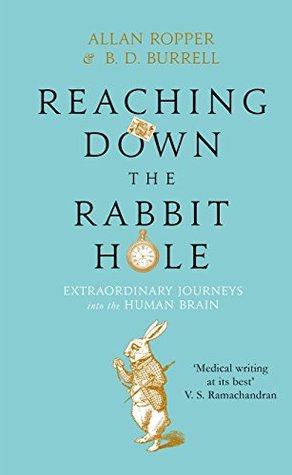More on this book
Community
Kindle Notes & Highlights
Read between
February 28 - August 8, 2020
Only one organ has a mind of its own, and it is constantly causing problems for itself.
Terms that are IN include: conversion disorder instead of hysteria, functional instead of psychosomatic (the two are not equivalent in any case), and psychological non-epileptic seizure— or P-NES (I kid you not)—instead of pseudoseizure, as in, “This lady has a P-NES.” That’s now a term of the art. It was coined either by someone with a very devious sense of humor, or no sense at all.
In many cases of hysteria, the ideal treatment would be hypnosis. We used it when I was a resident, and it worked, just as it worked for Sigmund Freud and his teacher, the French neurologist Jean-Martin Charcot over a century ago. It worked because patients with hysterical symptoms are suggestible, and, having fooled themselves into the symptoms, they can be fooled out of them.
The malingerer is not an hysteric. He (it’s usually a man) is purposely putting on a show to dodge the cops, avoid jail time, get out of work, receive compensation, or score some drugs. Likely he’s had practice, and has been to a couple of emergency rooms where he has honed his act like a stand-up comic.
Children under about the age of eight do not get hysteria, probably because they are guileless. On the other hand, if a young woman, especially an adolescent, is suspected of hysteria, a pink bunny or teddy bear next to her pillow is a tell. It is almost a guaranteed sign of a conversion disorder.
I think our daughter has a lot to do with the choices we make and the positive and hopeful attitude we try to bring to this situation. George reminds me often that our role is to give Sophie balloons, not anchors. We like to believe that getting up and living every day, making our lives as normal as possible, having routines in the house, boldly staring down the dragons, and getting on with the business of making life as good as we can gives her balloons, not anchors.”
Philosophers and neurologists have come to the same conclusion with regard to consciousness, and that is that the secret to consciousness is in the eyes.
I want them to live the vita medicalis, and get their neurology from their patients’ stories, not from books and Web sites. Otherwise, they will be merely part of a dystopian and impoverished version of medicine that is disconnected from life, from suffering, even from death.
mannerisms of the Old Guard, for better and worse: the insufferable circumlocution, the lifestyle bordering on self-negligence, the elitism tucked behind a mask of benevolence, but also a dedication to science and service verging on the messianic.
What is consciousness? Where is the soul? We may be interested in such questions, but up on the ward we don’t care because every grand theory of mind and every sweeping generalization about consciousness falls apart when exposed to the cold, hard facts of a single case. Instead of theories, we need clinical truths: What’s wrong with this person’s brain?
That’s why what we do is as much shamanistic as medical, because society cannot relinquish that hope, the belief in the curative power of something, of medicine, of prayer, of diet, of therapy, of sheer expertise, of connecting with another human being, rather than acknowledge that the universe is like the eye of a dead fish: cold, uncaring, unreflective, unresponsive.


